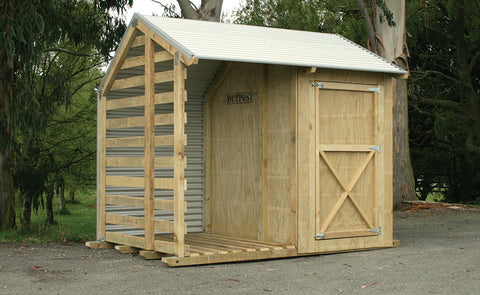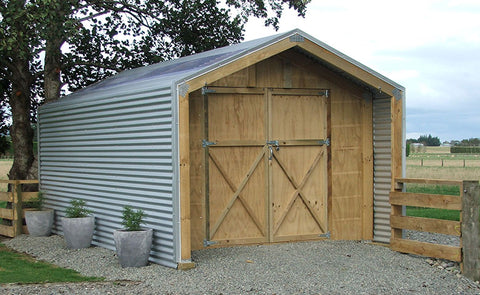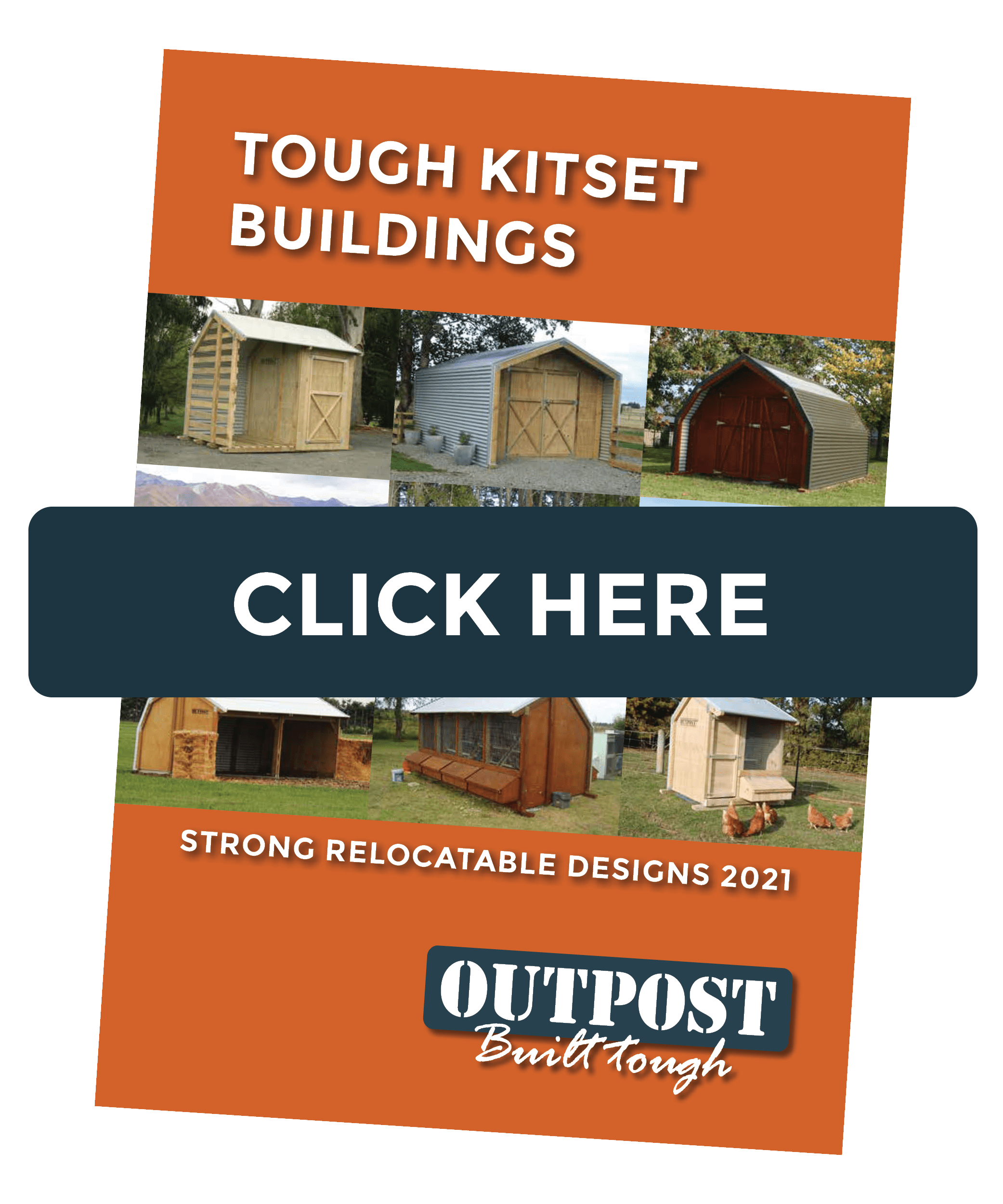Have you ever watched one of those DIY shows where the builder sets the budget in the beginning but they don’t anticipate having to take out a second mortgage to cover the costs? At least the project gets finished a couple years and some grey hairs later right?
Generally it is cheaper to build your own shed if you already have the skills, the time, the power tools and the motivation. All you need is to research and purchase the materials and put them together. You may find that a good quality pre-made shed will save you precious time and provide you more value.
With any build you’ll likely come across unforeseen hurdles that need to be accounted for, time and resources wise and we’re taught to factor that into our budget. However, is it really that much cheaper to build a shed rather than buy a ready made one?

What is the cheapest style of shed to build?
A garden shed is a no-brainer if you want to transform your outdoor space into a more livable area, even if it’s just for storing all your garden furniture. If you’re pretty nifty with the power tools then you’re most likely considering the idea of building your own shed. And why not? Building it is part of the adventure and standing back and admiring your creation is the destination!
If you’re looking at the cheapest style of shed you can possibly build, it is going to be your four walls, a roof and a door. Windows would be a nice addition but will increase the cost of your shed, not to mention the extra work for you to install. There is always the option of utilising pallets to build your shed and you can check Facebook marketplace or your local skip for inexpensive materials and old windows and doors.
If you’re serious about your shed self build then take the time to plan it and research it before you start. If you don’t already have power tools such as a drill, saw, sander this adds an extra dimension to the construction of your shed as you’ll need to weigh up the cost of buying the necessary tools when you work out how much it’s going to cost. .
Does a shed increase home value?
When you consider the cost of installing or building a shed in your back garden don’t forget to counter the value you are adding to your home. This is an important aspect of any construction addition. An inclusion of a good quality shed will be appealing to any future buyers as it adds extra space to your property.
Not to mention how many extra years you’ll get out of your garden furniture when it’s protected from the elements. Some property experts believe a top quality shed could add an extra $15 000 in value to the price of your home.
GET A FREE COPY OF OUR CATALOGUE
Is it cheaper to buy a shed or have one built?
Your situation is always going to be unique from the next guys. You need to take into account your DIY skill set, how extensive your tool armoury is, how much your time is worth to you and if you’re likely to get bored halfway through and never finish it (like my dad always did).
Generally speaking, a self build will end up costing you less than buying a shed mainly due to the fact that your labour is free. This is of course, unless you hire your friendly neighbour to help out, in which case you’ll be owing favours. If you have the extra time to spare, the carpentry skills on hand and you’re ready to accept the challenge, it will likely cost you less to build your own shed.
Let’s look at the pros and cons of building versus buying a shed:
Building a shed
Pros
- The main advantage of building your own shed from scratch is that you can design it exactly how you want to use it.
- You won't have to pay your own labour costs.
- Nothing beats the satisfaction of building something yourself.
- You can use the materials you want to use, whether that's budget lumber or something completely different, you get to choose.
- You can use the power tools you need for your shed for future projects.
- You can customise it as you go or change it out in the future.
- You can fit it into your desired space.
- You can enrol family members to help you out and make it a family project.
Cons
- You need to be able to allocate the time it takes to make your shed.
- You may need to fork out for specific tools unless you have them already.
- You’ll likely need someone to help you build and it will depend on when they are available.
- It will take time out of your personal life and time with family.
- If you can’t find the right materials or weather holds you back it will take longer.
- You need to put in extensive research to make sure you’re doing it right.
If you have the know-how, the tools, the materials and the time then we say go for it!
Buying a shed
Pros
- You can have your shed almost instantaneously.
- Most places offer a delivery service and you can begin using it straight away.
- No DIY skills are necessary for the project.
- You don’t need to purchase power tools or risk losing a finger.
- You can rely on the quality of the materials and the skills of professionals.
- Your shed may come with a guarantee incase of any shortfalls.
- You can take advantage of professional design.
Cons
- If you want a good quality shed you may have to pay more
- You don’t have the level of self satisfaction once it’s completed.
- It may be harder to customise once it’s in place.
- You’ll likely pay extra for the convenience of a ready built shed.
Outpost Kitsets
It might seem like we’re looking at just two options here but with today’s ingenuity we can add a wild card into the mix. One that is the best of both worlds, it won’t break the bank and it saves you time, money, energy and power tools. It comes in the form of our Outpost kitset sheds. It’s a fool proof way of providing all the pieces you need to build your shed, you can have the satisfaction of putting it together yourself in the span of a weekend and it’ll be strong enough to last you a lifetime.

Do sheds need a foundation?
Creating a strong foundation for your shed will help your shed stand the test of time. If your foundation does not have sufficient water drainage, the bottom of your shed might be rotten and leaning to one side by the time next year comes around.
A shed foundation doesn’t need to have a concrete base, if your shed is relatively small then a crushed stone floor, paving slabs or treated wood will be enough to support it. You’ll want to keep your shed on a level surface to avoid gravity taking over.
Outpost Buildings shed kitsets don’t require a foundation before installation. You just need a flat even surface. If your area is not flat it will be difficult to get the building to square off.
How difficult is it to build a shed?
How difficult you find your shed construction will be relative to you. It will highly depend on your expertise, any extra hands to help you and the extent of your toolkit. If you enjoy building things and have experience in design, carpentry and construction then you’ll likely enjoy the process. If it is your first building experience, you’ll have to learn the tricks of the trade as you go. It will surely be a personal challenge, hopefully a welcome one!
The main tools you’ll need to build a shed from scratch are:
- A saw - whether that's a crosscut saw or you can afford to invest in a circular saw that will cut down on time and effort considerably. Mitre saws will give you accurate angles for your shed.
- A hammer - a quality hammer will last a lifetime. When choosing a hammer, make sure it’s well balanced. High carbon steel hammers are great quality. Alternatively you could use a nail gun.
- A drill - for making all the holes and fitting roofing screws etc.
- Spirit level - if you want your shed to be straight.
- Safety goggles - you’ll want to prevent injuries at every level but safety goggles are imperative for protecting your eyes from flying debris.
- Ladder - to get up high and fit the roof.
If this sounds daunting to you, maybe you want to consider Outpost kitsets, we have an extensive range of sizes and designs. All you’ll need to install our kitset sheds is a drill, a tape measure, a hammer, a ladder and our Tips for kitset building assembly.

Do you need planning permission for a shed?
New exemptions to the Building Code in New Zealand means you can now build a shed or sleepout up to 30 sqm in size without having to apply for a permit from your local council. Read our article building permit rules for sheds and sleep outs to make sure your project fits within the rules.
Do you have any additional questions? Feel free to contact one of the team here at Outpost Buildings.





